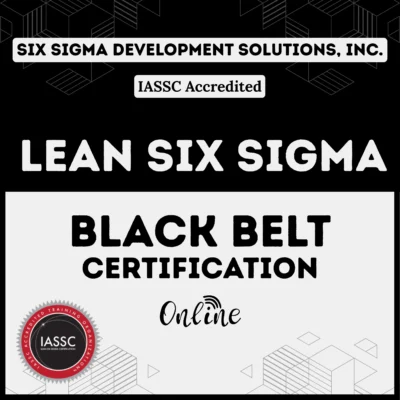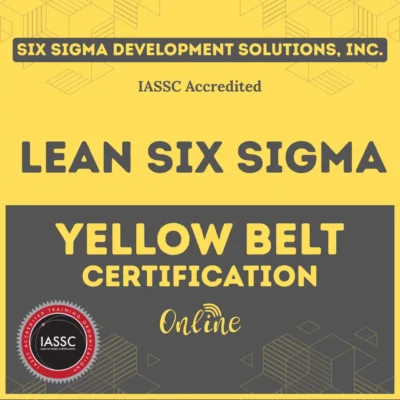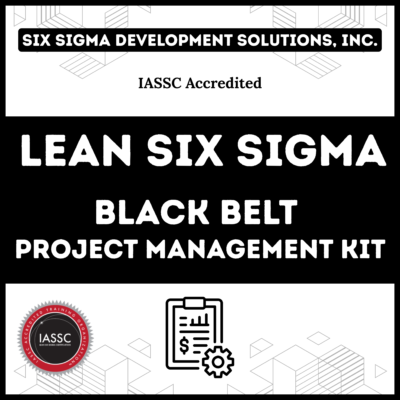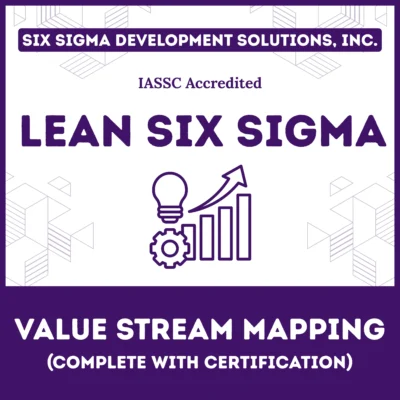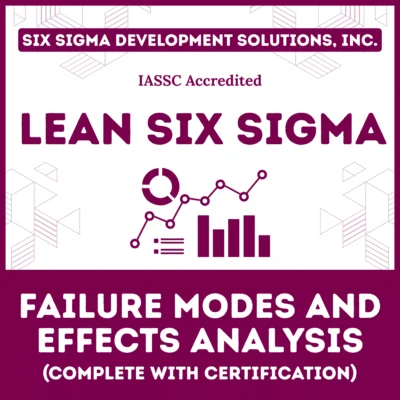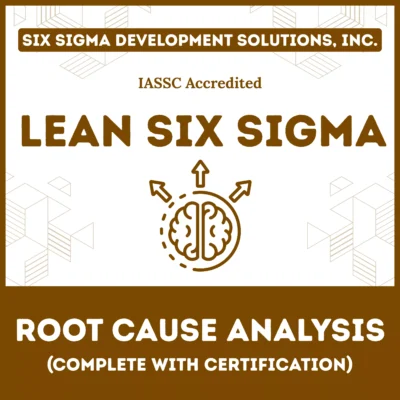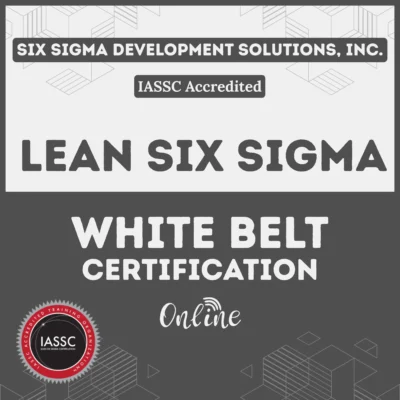Reducing operational costs is vital for businesses aiming to stay competitive, profitable, and sustainable in today’s fast-paced market. Operational cost reduction goes beyond simple expense cuts — it’s about smartly optimizing processes, leveraging technology, and making strategic decisions that lead to long-term savings without sacrificing quality or customer satisfaction.
This comprehensive guide reveals the common sources of operational cost, practical reduction techniques, and best practices to help you craft a successful cost reduction strategy for your organization.
Understanding Operational Costs
Operational costs, also known as operating expenses, encompass all ongoing expenses incurred to run the day-to-day activities of a business. These costs typically fall into two categories:
- Fixed Costs: Expenses that remain constant regardless of production volume, such as rent, salaries, and insurance.
- Variable Costs: Expenses that fluctuate with business activity, including raw materials, utilities, and shipping costs.
Understanding the breakdown of your operational costs is the first step toward effective reduction and cost management.
Why Is Operational Cost Reduction Crucial?
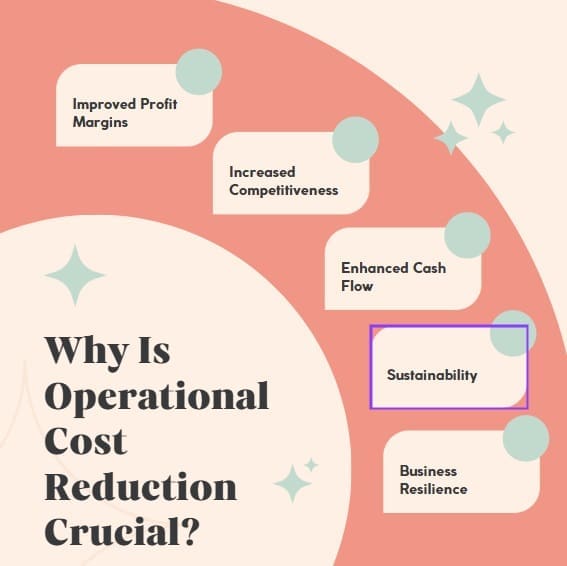
Lowering operational costs provides several critical benefits:
- Improved Profit Margins: Savings directly enhance your bottom line.
- Increased Competitiveness: Lower costs allow more competitive pricing or higher reinvestment in growth.
- Enhanced Cash Flow: Reducing unnecessary expenses frees up cash for strategic investments.
- Sustainability: Efficient operations reduce waste and environmental impact.
- Business Resilience: Lean operations help adapt quickly to market changes or economic downturns.
However, cost reduction must be executed strategically to avoid negative impacts on quality, morale, or customer experience.
Public, Onsite, Virtual, and Online Six Sigma Certification Training!
- We are accredited by the IASSC.
- Live Public Training at 52 Sites.
- Live Virtual Training.
- Onsite Training (at your organization).
- Interactive Online (self-paced) training,
Common Areas for Operational Cost Reduction
Businesses can target numerous expense categories for savings, including:
- Labor costs through workforce optimization
- Procurement and supplier management
- Energy and utility consumption
- Information technology and infrastructure
- Logistics, transportation, and warehousing
- Administrative overhead and office expenses
Each area presents opportunities for tailored cost-cutting measures that align with overall operational goals.
Proven Strategies for Operational Cost Reduction
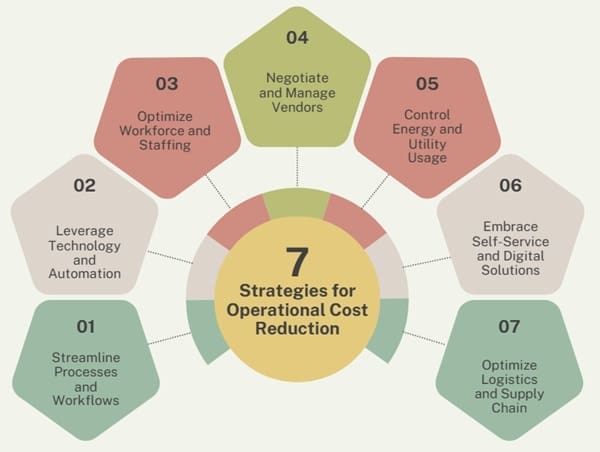
1. Streamline Processes and Workflows
Identify inefficiencies and remove redundant or non-value-adding steps. Applying Lean principles helps simplify workflows while maintaining quality. Automation of repetitive tasks reduces errors and speeds processes, saving both time and money.
2. Leverage Technology and Automation
Modern tools—such as robotic process automation (RPA), AI, and cloud computing—can slash labor-intensive tasks and improve resource utilization. For example, automating invoicing or customer support bot integration reduces personnel costs.
3. Optimize Workforce and Staffing
Strategic staffing based on demand and cross-training employees improves labor efficiency. Flexible schedules and technology-enabled workforce management help reduce overtime or unnecessary full-time hires.
4. Negotiate and Manage Vendors
Establish strong relationships with suppliers to negotiate favorable terms, bulk discounts, or longer payment cycles. Regularly evaluate vendor performance to ensure competitive pricing and quality.
5. Control Energy and Utility Usage
Simple measures like turning off unused equipment, using energy-efficient appliances, and optimizing HVAC settings can lead to substantial savings. Implementing smart sensors and timers helps manage consumption effectively.
6. Embrace Self-Service and Digital Solutions
Offering customers self-service options, such as kiosks or online portals, reduces the need for staffing in service roles. Digitizing forms, contracts, and workflows reduces paper and administrative costs.
7. Optimize Logistics and Supply Chain
Use advanced software tools to plan efficient delivery routes, optimize warehouse layouts, and reduce handling costs. Consolidating shipments and selecting cost-effective transportation modes further cut expenses.
Also Read: Project Cost Management
Best Practices to Ensure Sustainable Cost Reduction
- Data-Driven Decisions: Use analytics and KPIs to monitor costs continuously and identify new savings opportunities.
- Cross-Functional Collaboration: Engage all departments in cost reduction initiatives to address bottlenecks and inefficiencies.
- Employee Engagement: Communicate goals transparently and encourage suggestions from frontline workers who understand daily operations.
- Continuous Improvement: Periodically review and update processes and contracts to adapt to market changes and emerging technologies.
- Balanced Approach: Avoid cuts that compromise product quality or customer satisfaction, which can hurt revenue in the long term.
Real-Life Examples of Operational Cost Reduction
- A retail chain implemented virtual queuing and self-checkout kiosks, reducing staffing needs and improving customer flow.
- An IT firm reduced infrastructure costs by migrating to cloud services and automating support ticketing, saving 25% annually.
- A manufacturing company optimized supply chain logistics, renegotiated supplier contracts, and streamlined workflows, achieving 20% reduction in operating expenses within a year.
These examples show how diverse strategies tailored to business needs deliver tangible savings.
Also Read: Value Engineering: Maximize Value & Minimize Cost
Frequently Asked Questions (FAQs) on Operational Cost Reduction
Q1: What is operational cost reduction?
It is the process of identifying and implementing ways to lower the ongoing expenses required to run day-to-day business activities without compromising output or quality.
Q2: How can technology aid operational cost reduction?
Technology and automation reduce manual labor, streamline workflows, and improve data accuracy, leading to faster and cheaper operations.
Q3: Are workforce reductions the only way to cut operational costs?
No, strategic workforce optimization, including better scheduling and cross-training, can reduce costs while maintaining productivity and employee morale.
Q4: How important is vendor management in cost reduction?
Very important. Effective supplier negotiations and performance evaluations help lower procurement costs and improve supply chain reliability.
Q5: Can operational cost reduction hurt customer experience?
If done poorly, yes. The key is balancing cost cuts with maintaining or improving customer satisfaction through smarter, not just cheaper, operations.
Final Words
Operational cost reduction is not about indiscriminate cutting; it is about working smarter. By streamlining processes, embracing technology, optimizing workforce and vendor relations, and controlling essential expenses like energy and logistics, businesses can create leaner, more profitable operations.
A disciplined, data-driven approach backed by cross-departmental collaboration maximizes benefits and ensures long-term sustainability.





